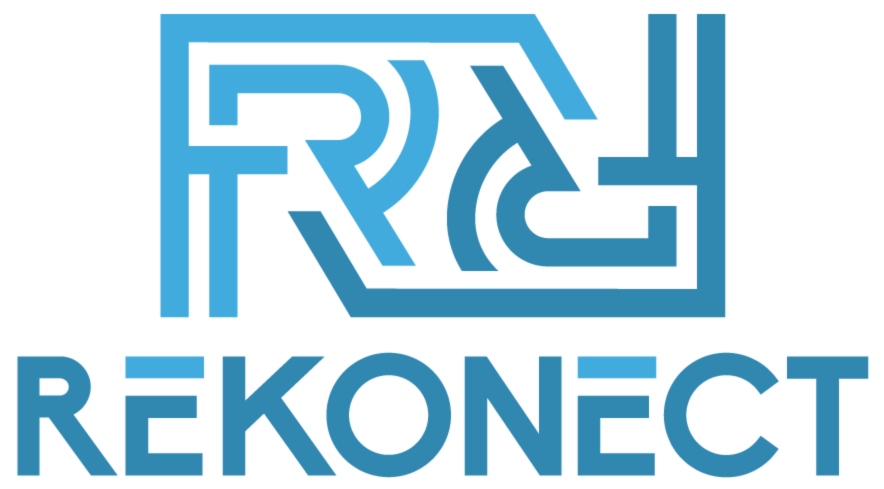June is more than just another page on the calendar. It is the nonprofit sector’s built-in diagnostic window—an inflection point that offers six months of real-world data to analyze and six more months of runway to make adjustments. Press pause now and you can:
- Catch small discrepancies before they snowball.
- Redirect money and energy toward high-impact work.
- Refuel your team’s enthusiasm for the sprint to December.
Skip the pause and risk finding, when options are few, that budgets have bled, compliance deadlines have slipped, or strategic goals have drifted off course. Think of this checkpoint like a mid-season locker-room huddle: the scoreboard shows where you stand, but the conversation—the intentional review—arms you with a smarter playbook for the second half.
The five focus areas below will turn reflection into action.
Review Your Financials
Financial health is the engine that powers every mission outcome, so start with the numbers. Pull your year-to-date income and expense statements and compare them with the budget approved in January. Note any variance that raises an eyebrow—large surpluses can hide postponed expenses, and shortfalls can reveal overly optimistic revenue assumptions.
Questions to ask
- Are donation streams tracking ahead or behind projections? If individual gifts lag, consider a summer matching challenge or a lapsed-donor re-engagement series before fall fundraising dominates inboxes.
- Have unforeseen costs emerged? Equipment failures, emergency client assistance, or event cancellations often hit mid-year. Decide whether to trim discretionary lines or re-forecast income targets.
- Are there hidden revenue opportunities? A grant cycle may open soon, or a corporate giving program might accept proposals each August.
This is also the moment to analyze liquidity. Healthy reserves—three to six months of operating costs—is the gold standard, but many nonprofits operate on thinner margins. If cash on hand feels tight, explore establishing a modest line of credit or earmarking part of the next campaign for reserves.
The goal is not fiscal perfection; it is clear vision. Knowing exactly where you stand today empowers confident decisions tomorrow. For more ideas on what nonprofits can do for generating profit, read this Forbes article.
Revisit and Refine Your Goals
Goals forged during a January retreat can age quickly once real-world conditions shift. Pull out the strategic plan and test every objective for relevance and feasibility.
A simple traffic-light exercise
- Green: The goal is on pace—≥ 50 percent of the annual target reached by June 30.
- Yellow: Some progress—25–49 percent reached—needs minor tweaks.
- Red: Lagging with < 25 percent achieved—demands intervention.
Next, ask the “still worth it?” question. An initiative that felt urgent in winter may now compete with a higher-impact opportunity. Perhaps your advocacy team’s legislative target stalled, but a community-education campaign became suddenly relevant. Refining goals is not failure; it is stewardship.
Finally, document every change and communicate it to staff, board members, and major supporters. A concise briefing detailing what shifted, why, and how success will now be measured sustains trust and keeps everyone rowing in the same direction.
Check Your Compliance Obligations
Compliance often hides in plain sight until a missed filing triggers fees—or worse, reputational damage. Mid-year offers breathing room to audit paperwork while deadlines are still manageable.
Key areas to confirm
- Federal filings – Is your Form 990 or 990-EZ on track? Are payroll taxes current? Do donor acknowledgment letters meet IRS substantiation rules?
- State registrations – Renewal dates for charitable solicitation vary widely. Multi-state fundraising means multiple calendars.
- Governance records – Board minutes should be approved and archived, conflict-of-interest statements updated, and any bylaw amendments signed and dated.
- Event-related permits – Raffle licenses, silent-auction permits, professional-fundraiser contracts, and special-event insurance riders can all come due mid-year.
Regulations evolve, so if you spot gray areas, schedule a quick call with a nonprofit attorney or CPA. A modest consulting fee now is cheaper than penalties later and protects the trust donors place in your stewardship.
Re-engage Stakeholders
Data paint part of the picture; stakeholders fill in the rest. Mid-year outreach to donors, volunteers, beneficiaries, and staff uncovers insights no spreadsheet can surface.
Stakeholder pulse-check tips
- Segment lists and keep surveys short—five questions and an open comment box encourage higher response rates.
- Tailor questions to each group.
- Donors: Which impact stories resonate most this year?
- Beneficiaries: How has our service affected your day-to-day life?
- Volunteers: What would make volunteering easier or more rewarding?
- Staff: Which internal process slows you down the most?
- Donors: Which impact stories resonate most this year?
- Pair digital surveys with small-group listening sessions or informal coffee chats to deepen relationships.
- Close the loop—publish a summary of themes, note at least one improvement you will pilot, and thank participants by name when possible. Seeing their feedback drive real change strengthens commitment and sparks word-of-mouth advocacy.
Prepare for Year-End
Autumn program delivery and fundraising can overwhelm even seasoned teams, yet much of that pressure evaporates when planning begins now.
Build your year-end roadmap
- Define a unifying story arc – For example, “Help 500 students start school with supplies.” A clear narrative ties every appeal together.
- Map a communication cadence – Schedule emails, social posts, and print drops backward from Giving Tuesday and December 31.
- Audit your data – Scrub mailing addresses, update giving histories, and flag high-value supporters for personalized outreach. Reliable data prevents embarrassing duplicate appeals and ensures accurate tax receipts.
- Assess capacity – Verify staff vacations, volunteer availability, and tech support align with peak workloads. If gaps loom, recruit early or budget for temporary help.
- Set mini-milestones – Monthly checkpoints—such as finalizing creative assets by October and testing donation forms by September—keep the larger campaign on schedule. Early wins build momentum and reduce last-minute stress.
How Rekonect Lends a Hand
A thorough mid-year checklist sometimes reveals more tasks than hours in the week. That is where Rekonect comes in. Rekonect provides an experienced partner for organizations launching or restructuring. Their package includes:
- Mission and vision development – Collaborative sessions that refine your purpose and craft a compelling mission statement.
- Market research insights – Guidance on understanding the nonprofit landscape and identifying high-impact opportunities.
- Incorporation and legal filing – State registration and federal paperwork handled with precision so you avoid common pitfalls.
- Custom bylaws drafting – Governance documents tailored to your structure, ensuring compliance from day one.
- 501(c)(3) application preparation – Complete support preparing and submitting the IRS form, reducing delays and errors.
The services are designed not just to tick boxes but to empower leaders with clarity, confidence, and a roadmap for the future. If your mid-year review surfaces legal or strategic gaps you are not equipped to handle in-house, engaging a partner like Rekonect can convert complexity into manageable next steps.
Conclusion
A mid-year checkpoint is not busywork; it is preventive maintenance for your mission. Reviewing financials uncovers hidden risks and opportunities. Refining goals aligns effort with impact. Vigilant compliance safeguards reputation and eligibility. Stakeholder dialogue keeps programs people-centered. Early year-end planning transforms the notorious December scramble into a confident crescendo.
Take the checklist, adapt it to your context, and schedule your first review meeting this week. Should that meeting reveal gaps too large to tackle alone, remember that partners like Rekonect stand ready to walk with you—step by deliberate step—toward a finish line that reflects your vision, values, and community’s trust.
Realign today, and greet December with confidence instead of chaos.
Interested in what else Rekonect can do to help your nonprofit? Contact us today and get the answers you need.

